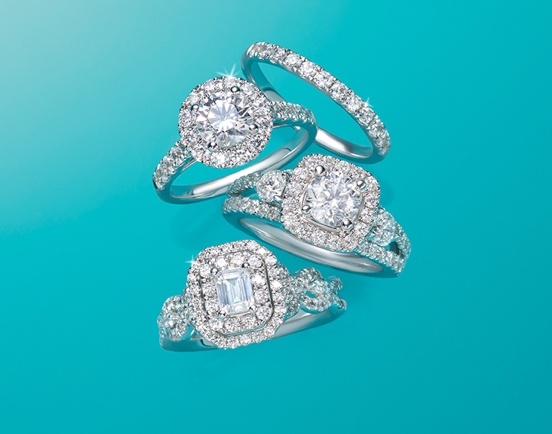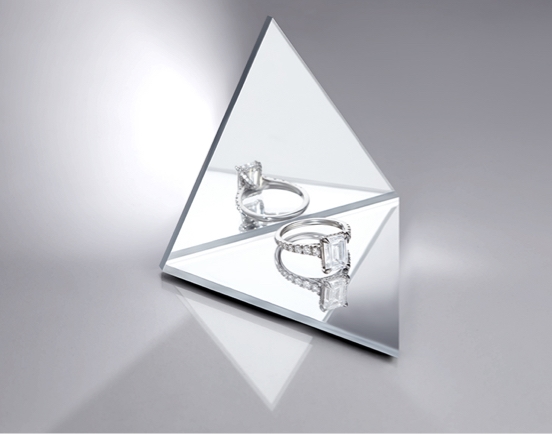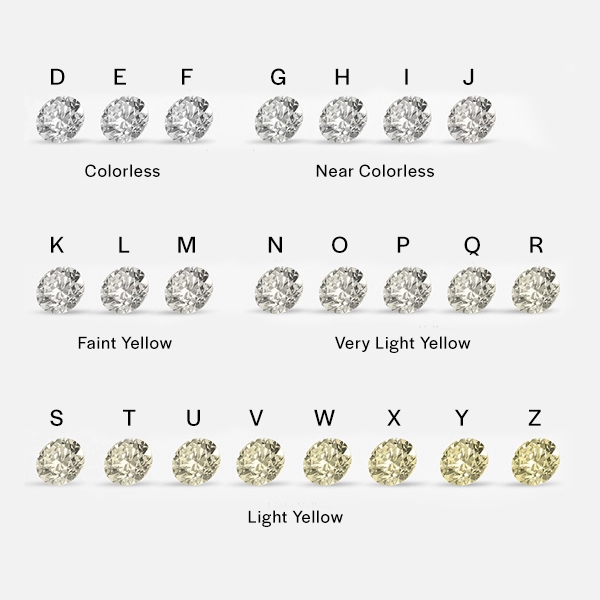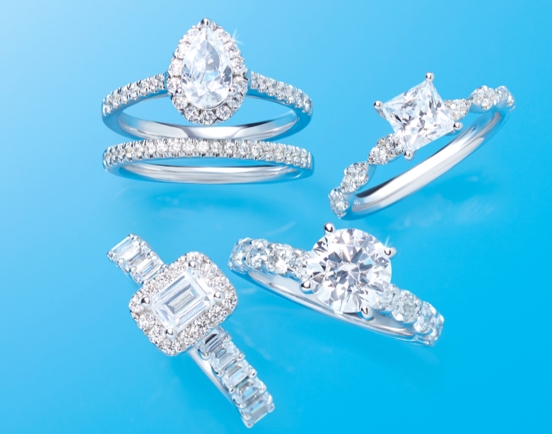The 4Cs of Diamonds
Carat
The official weight of one carat has evolved over the years and there was a time when every country had its own measurement system, but today one carat = 200 milligrams in every corner of the world. For many, the higher the carat, the more desirable the diamond. While it’s true that larger diamonds are rarer, the carat alone isn’t the final authority on the value of a diamond.
From the origin and evolution of the carat to how to factor “magic sizes” into choosing the right diamond for you, find out more about the importance of carats in the 4Cs.
Clarity
A diamond is a thing of nature, and like any rock or mineral, diamonds can have flaws. The clarity of a diamond is determined by evaluating the blemishes or “inclusions” in a stone. Inclusions can appear as tiny white points, dark dots, cracks, or scratches. The fewer inclusions, the more valuable the stone. A flawless diamond with little to no imperfections is often desired but only 2% of the world's diamonds are actually flawless.
Learn more about how clarity fits in with the rest of the diamond 4Cs including how to choose a quality diamond that still fits your budget.
Color
Diamonds come out of the earth in many different colors. The market has traditionally valued white diamonds higher than others, and there is a color grading scale with five groups of 23 letters to reflect that. Although the more desirable diamonds are colorless, it’s common for diamonds to have a grey, brown, or yellow hue to them. This can change the price, but with the right combination of the other 4Cs, a diamond doesn’t have to be colorless to be the sparkly, brilliant stone of your dreams.
From the color scale to how to choose a metal that complements the color of your diamond, find out more about the role of color as one of the diamond 4Cs.
Cut
Cut refers to a stone’s shape, facets, and polish. Sometimes diamonds are cut so they’re heavier, thus fetching more value for their carat weight. Expert diamond cutters are also skilled at cutting diamonds to strategically hide inclusions. The cut grade of a diamond represents its sparkle — the higher the grade the higher the sparkle. The cuts can take shape in a number of ways to work with many types of jewelry and personal preferences.
From the difference between the cut and the shape to how to determine the best diamond cut for you, find out more about how cut fits into the diamond 4Cs.




